Our location
Our center is located in the town of Tonneins, below the Ferron Park, near the Garonne and not far from the National Nature Reserve of the Mazière's pond. On our department of Lot et Garonne there are many agricultural plains and we can find many species of mammals and birds.
To learn more about the biodiversity of our territory, you can visit the SEPANLOG website by clicking here : Reserve Naturelle de la Maziere
Our facilities
Located on a plot of more than 7000m2 belonging to the municipality of Tonneins, our center is equipped with approximately thirty aviaries.
Here are a few pictures of our aviaries :
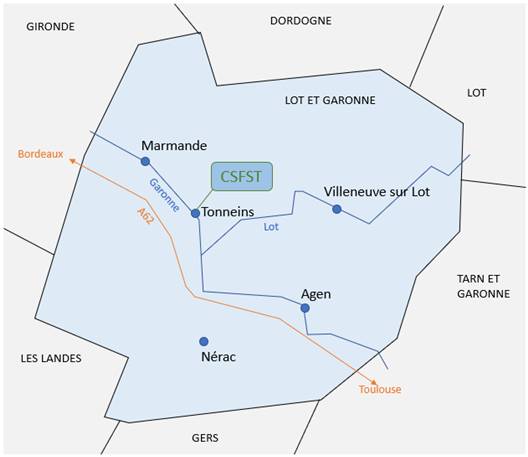
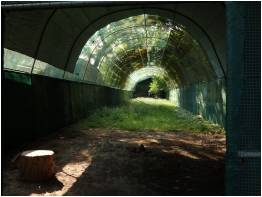

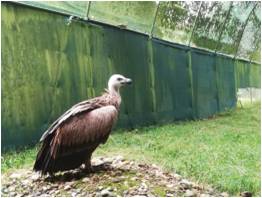
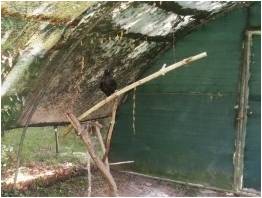
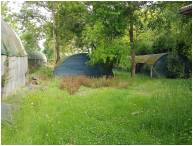
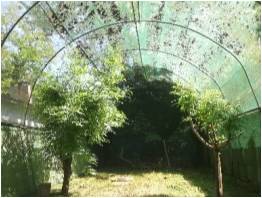


We also have a reception desk, an infirmary and a nursery that allow us to accommodate several dozen animals simultaneously. Finally, don’t be surprised to fall face to face with sheep when you come to see us because they take care of our green spaces around the aviaries.
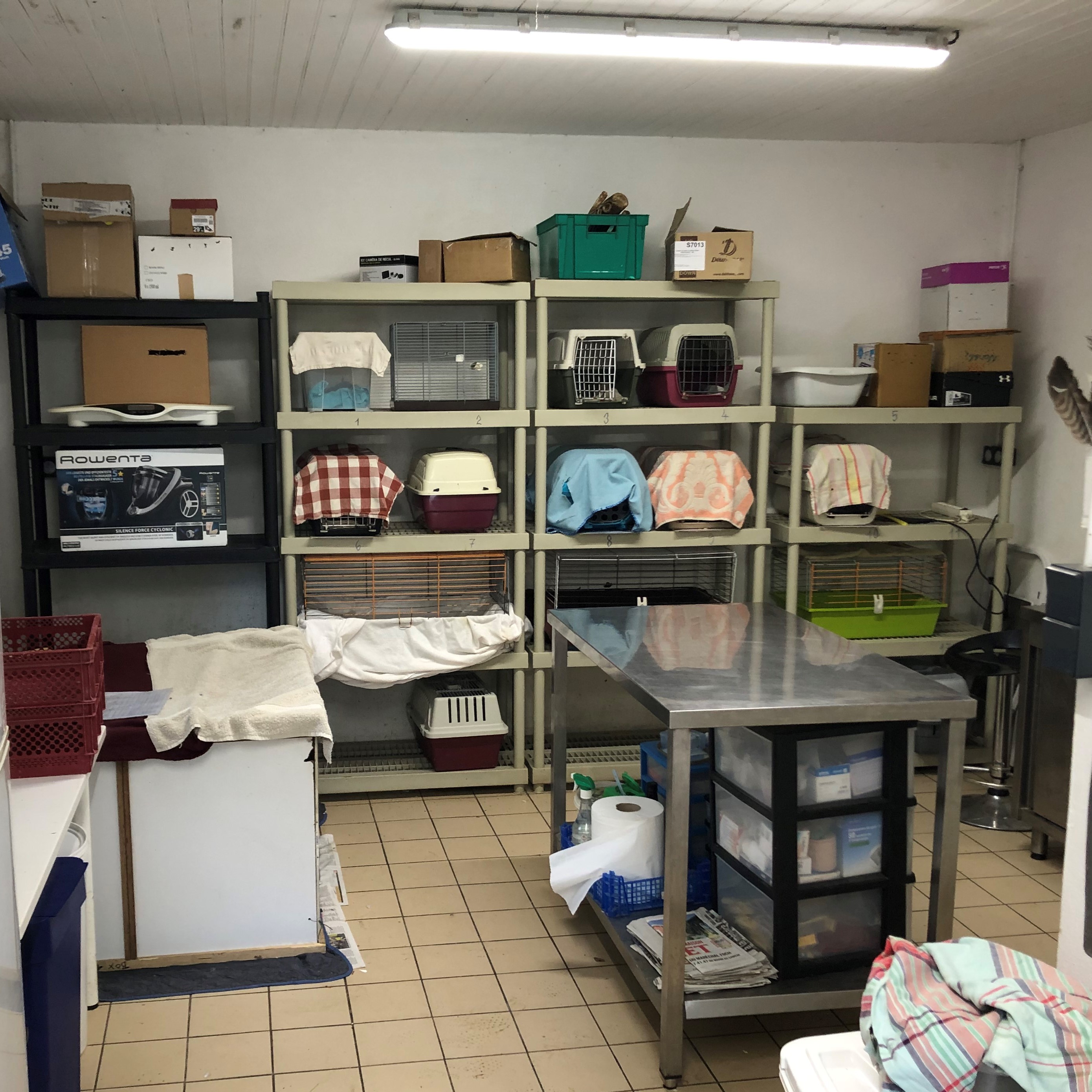
Which animals can we take in charge?
The main category of animals we welcome are birds. That’s why people also know us as the Wounded Bird Center. In this category, there are no species that we cannot take in charge. The ones we heal the most all year long are the day and night raptors. We also regularly have doves, but especially during the hunting season. There are also migration birds in our centre, obviously depending on the season. Finally we regularly take charge of wading birds, passers, ducks and corvids, but the list is not limited.
We also welcome many mammals all year long, for which care is authorized. Among them, the European hedgehog is represented all year long in the center. Some rodents and lagomorphs are regularly present in the center too: hares, rabbits, squirrels. However, in this category of mammals, we cannot take all the species in charge. So we do not welcome deer, wild boar or fox for example. Of course we do not welcome any domestic species, pets or farmed animals. These should be reoriented towards appropriate structures. Finally, in this category of mammals, it is not uncommon to host bats in the centre.
We finally welcome but more rarely some species of reptile like Hermann’s turtles for example.
Healthcare given to animals
When you bring us an animal in distress, we start by referencing the animal in our registry and establishing an initial diagnosis. Depending on the animal’s state of health, its recovery programm is adapted. Find out more about our activities below:
Diagnosis establishing |
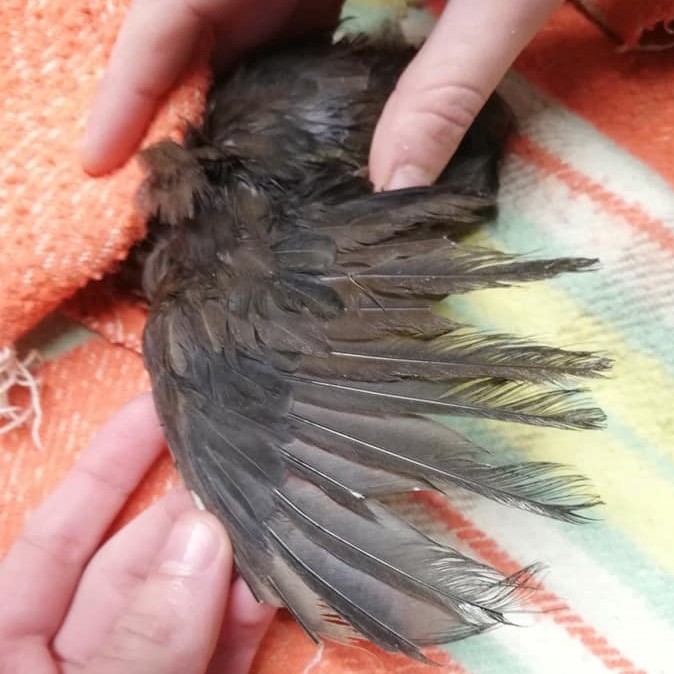 |
When we welcome an animal, we start by drawing up its identity card: its species, its approximate age, its weight at the arrival and its state of health. The questions we ask ourselves are: Is the animal injured? Does the animal have hypothermia? Is the animal behaving in an unusual manner? Is the animal sick? This information is then recorded in the animal tracking sheet |
|---|---|---|
Healing |
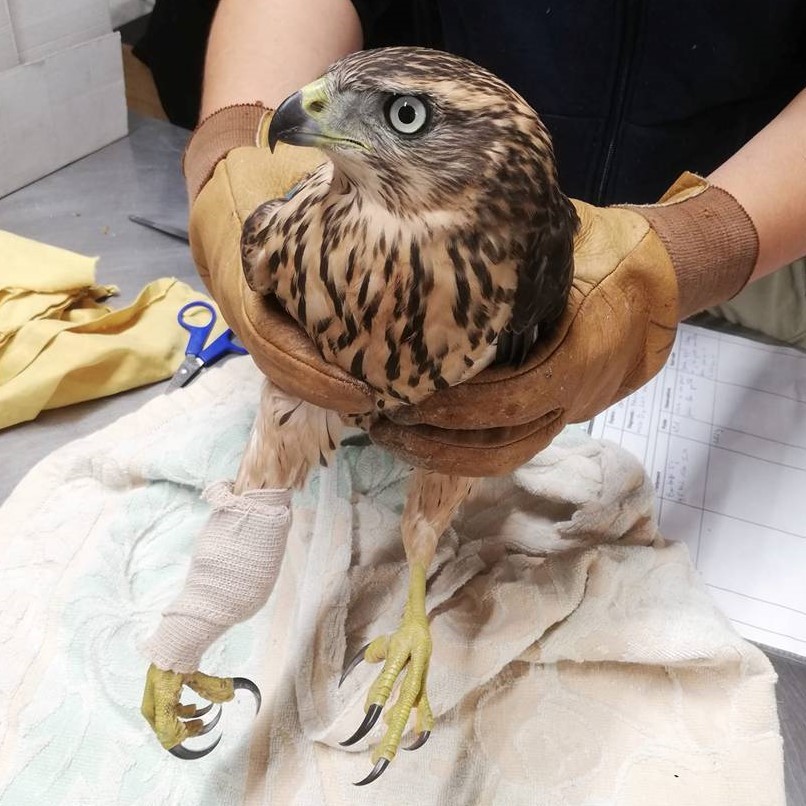 |
Several cases are possible: fractures, sprains, open wounds, blindness, parasitic or viral disease, ... Depending on the case, we apply healing ointments, we apply splints or bandages, we sedate with painkillers or antiparasitic, ... |
Feeding |
 |
Each species has its own special diet. Hedgehogs will be fed with croquettes, patée and compote, while doves will have seeds and water. Raptors are fed with chicks from the chicken industry and seabirds are fed with fish. There are also babies who receive milk several times a day |
The infirmary |
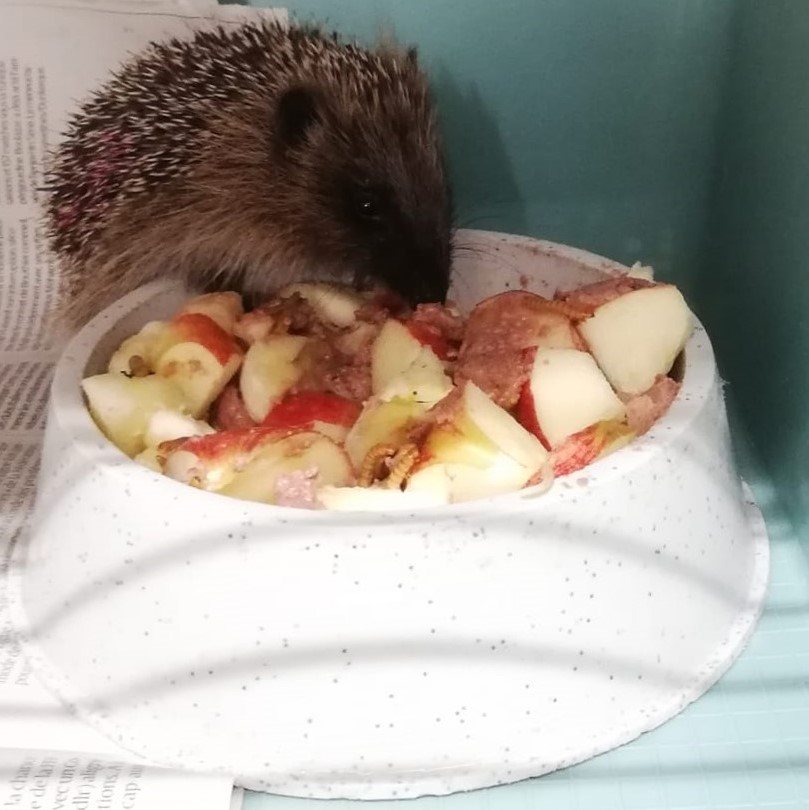 |
The infirmary is the place where animals receive their care and regain strength before they can go back to nature. The shorter their stay, the less they get used to humans. Throughout their stay, we feed them and clean their entire cage once a day. We also weigh them every day to monitor their health. There is nothing that makes us happier than an animal that is getting healthier and that we can give back to nature. |

